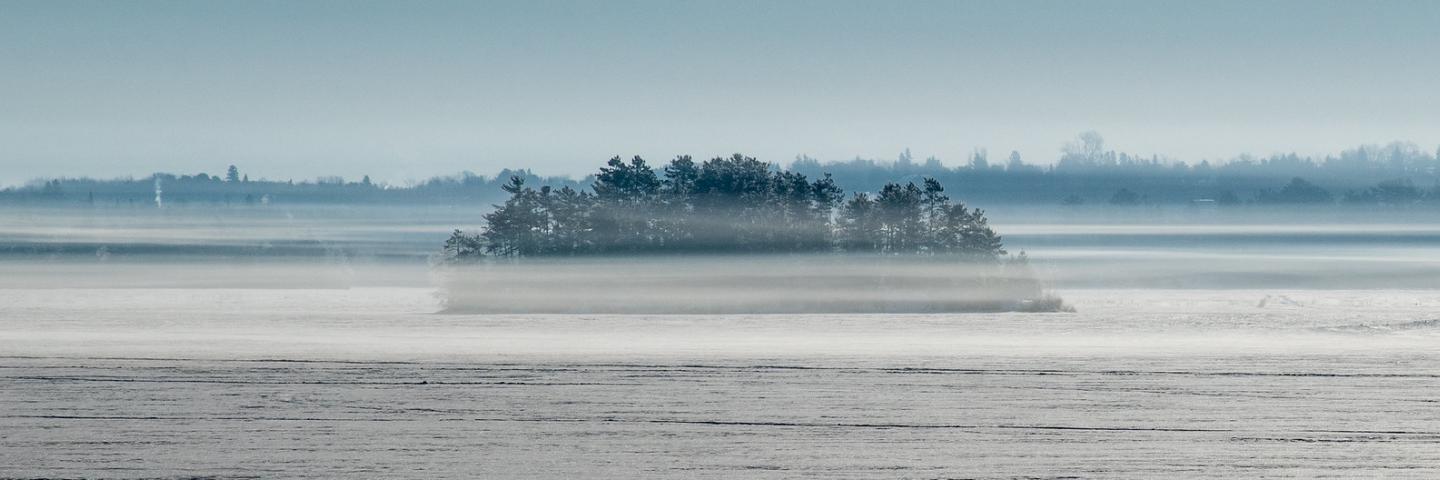
Minnesota Technical Resources and Land Uses
Breadcrumb
- Home
- State Offices
- Minnesota
- Minnesota Technical Resources and Land Uses
Natural Resources Conservation Service (NRCS) uses science-based technology to provide conservation planning and assistance to land owners and operators and others to benefit the soil, water, air, plants, and animal for productive lands and healthy ecosystems.
Technical Resources
Conservation Effects for Decisionmakers
Conservation Effects for Decisionmakers helps NRCS planners evaluate the effects of various conservation options available to the land user.
Conservation Planning - Minnesota
A conservation plan identifies the customer’s conservation objectives and assesses and analyzes the natural resources issues on that customer’s land related to soil, water, animals, plants, air, energy, and human interaction.
Conservation Practice Benefit-Cost Templates
Knowing the benefits and cost of conservation activities is essential to making good decisions and investments that are cost effective.
Conservation Practice Physical Effects
The CPPE matrix, and associated planning tools, describe how NRCS’s conservation practices effect the Natural Resource and Human-Economic Environments.
Conservation Practice Standards Information
Learn about the information provided in conservation practice standards and supporting documents, such as overviews, worksheets, and network effects diagrams.
Field Office Technical Guide (FOTG)
Technical guides are the primary scientific references for NRCS. They contain technical information about the conservation of soil, water, air, and related plant and animal resources.
Lateral Effect Distances for the Prairie Pothole Region
This tool provides guidance on lateral effect distances for prospective drainage projects within the Prairie Pothole Region (PPR) states of Iowa, Minnesota, North Dakota and South Dakota.
NRCS Environmental Evaluation CPA-52 Worksheet, Tools and Training
Download the CPA-52 worksheet and explore on-demand training, tools, guidance and other documents.
Soils - Minnesota
Managing your soil using soil health practices results in healthy soil that reduces erosion, requires less nutrient inputs, manages the effects of flood and drought, and reduces nutrient and sediment.
Technical Service Providers - Minnesota
NRCS provides conservation planning and technical assistance to agricultural producers and others who make natural resource management decisions. Technical service providers (TSPs) work on behalf of the producer to offer…
Land Uses
Pasture - Minnesota
NRCS promotes prescribed grazing and improved forage management by providing technical assistance to private landowners.
Wildlife - Minnesota
NRCS uses a win-win approach to systematically target conservation efforts to improve agricultural and forest productivity which enhance wildlife habitat on working landscapes.
Small/Urban Farming - Minnesota
NRCS serves all agriculture – large to small, conventional to organic, rural to urban. As American agriculture continues to grow in new directions, NRCS conservation assistance is growing along with it.
Forestry - Minnesota
Forestry is the science and management of forests to enhance and maintain its productivity based on the objectives and goals of its owner combined with the ecological capabilities of the land. Agroforestry intentionally…
Farmstead - Minnesota
Cropland - Minnesota
NRCS promotes the use of several BMPs through a variety of conservation practices on cropland and can provide technical and financial assistance to producers interested in implementing these practices.


